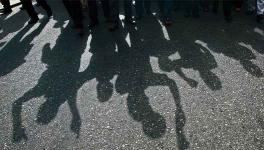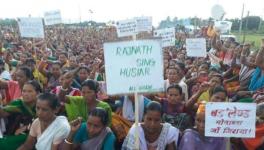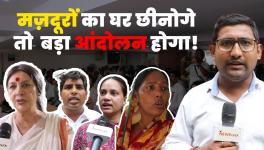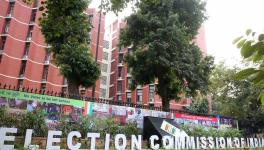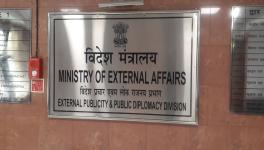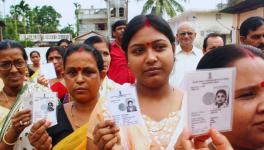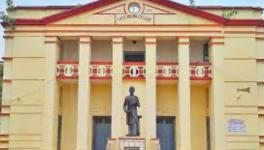Karnataka: Increased Debt, But Where Was All the Money Spent?
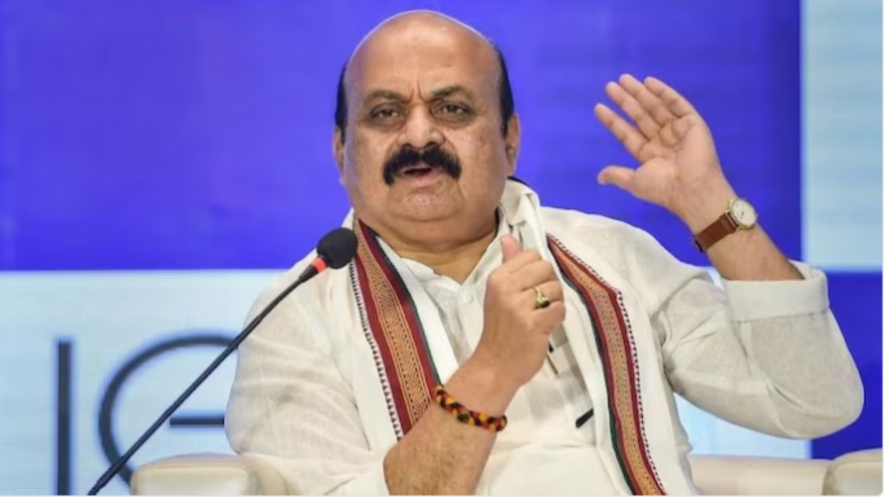
Karnataka Chief Minister Basavaraj Bommai. Image Courtesy: PTI
The outgoing Bharatiya Janata Party (BJP) government of Karnataka is leaving behind a fiscal mess of monumental proportions. Perhaps that is the reason why it is facing widespread discontent at the hustings with several opinion polls as well as ground reports suggesting that the party will find it tough to come back to power.
Strangely, despite governing the fourth largest economy among all states in India, and generally being considered a hub of modern industry, the BJP government has managed to dig itself into a deep hole by borrowing heavily in the past four years of its rule. (It may be recalled that it came to power in 2019, one year after the Karnataka Assembly elections, after engineering defections from the ruling Congress-Janata Dal (Secular) combine.)
The State’s outstanding liabilities (debt), as of March 2023, were recorded at a staggering Rs.5.35 lakh crore, up from Rs.2.46 lakh crore in 2018, according to State Budgets data collated by the Reserve Bank of India (RBI). This steep rise becomes more tangible if seen in terms of per voter debt, as shown in the chart below. Voter numbers are available from the electoral rolls for both election years and give a much better idea than population projections.
So: per voter debt burden has jumped up by an astounding 106% in the past five years – from Rs.49,505 per voter to Rs.1,02,107 per voter. Very few states in the country exhibit this kind of meteoric rise in debt.
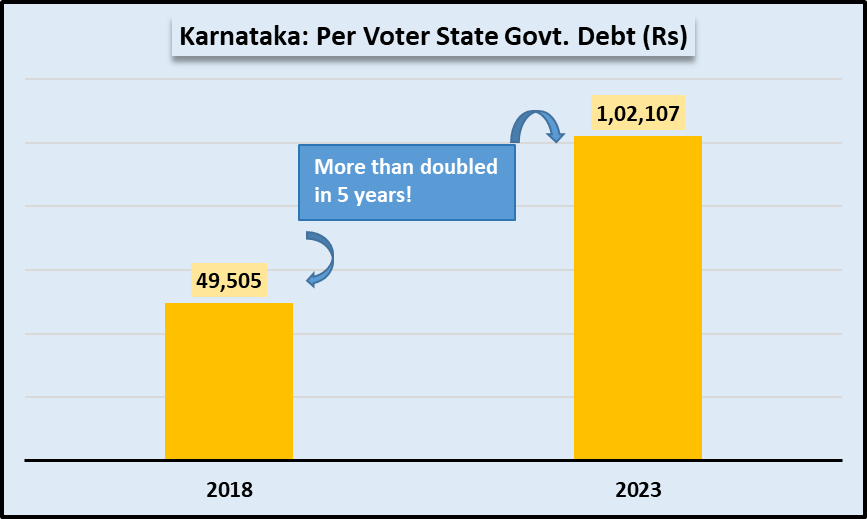
Voter numbers are taken from Election Commission releases prior to the 2018 and the current Assembly elections, respectively.
It may be argued that borrowings are necessary in order to invest in new capacities, and all the more so in conditions where Central assistance or loans are tight, as has been the case in recent years, after the imposition of Goods and Services Tax or GST in 2017.
There is some truth in this and since all state governments had to bear the lion’s share of the load of tackling Covid pandemic-related expenditures, their fiscal situation has become more shaky of late.
Having said that, it would still be expected that state finances would reflect continued spending on social sectors, especially in dire times like the pandemic years. People needed help in the form of healthcare support, food support, and other types of social welfare measures. Then, of course, once the pandemic started receding, there should have been a bounce-back in other heads of spending – like capital expenditure – which would show the government’s drive to revive the economy by boosting employment.
However, Karnataka appears to have a rather shoddy record on these counts.
Spending on Education, Health
As the chart below shows, in its Budget for 2022-23, Karnataka’s ‘double engine’ government planned to spend 12% of its total expenditure for the year on education. This is lower than the 13.6% for all states and Union Territories (UTs) aggregated together.
Similarly, expenditure on “medical, public health and family welfare” was pegged at 5.4% of total expenditure compared with 5.7% for all states and UTs put together.
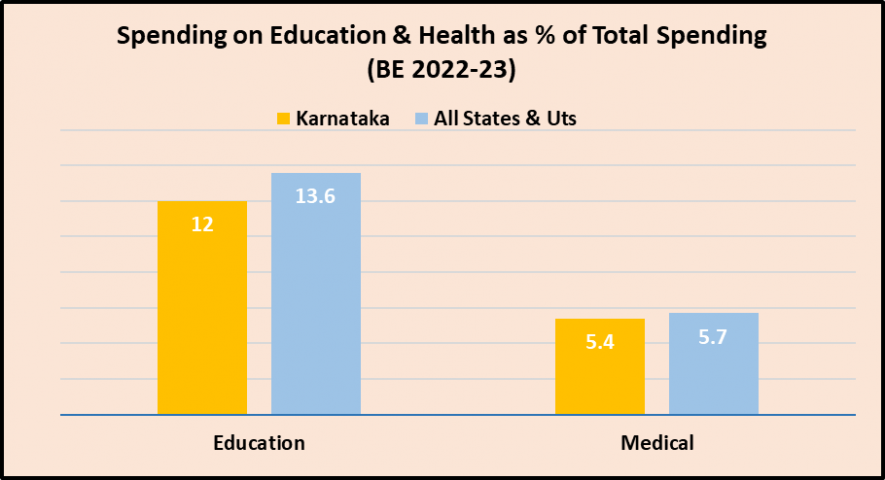
In fact, the Karnataka government’s expenditure share on education has declined from about 12.4% in 2019-20 to 12% in 2022-23. Spending on medical and public health increased from 4.1% in 2019-20 to 5.8% in 2021-22 (Revised Estimates) reflecting the demands of pandemic, but has since shown a downward trend, coming down to 5.4% of the total in 2022-23.
Other measures also reveal the extent to which the BJP government has failed to channelise its resources towards welfare of the people. Development expenditure as a share of the state’s Gross State Domestic Product (GSDP) dipped from 9.4% in 2020-21 to 8% in 2021-22 (RE) and is further reduced to 7.6% in the 2022-23 Budget Estimates. Social sector expenditure too dipped from 5% of GSDP in 2020-21 to 4.9% in 2021-22 (RE) and then was pegged at 4.5% of GSDP in the 2022-23 Budget Estimates.
What all this shows is crystal clear: the “double engine” government of Karnataka is following a playbook that seems to be a model for many other BJP-led state governments. This involves boosting revenues through borrowings, mainly commercial or market borrowings but slashing expenditures on public welfare, such as education, health, social welfare etc.
Capital Outlays
Perhaps the increased debt is being used to finance capital outlays, like infrastructure, which will be of use to the people after a time lag? From the current data on spending, this also does not appear to be the case. For instance, capital outlay as a share of GSDP has declined from 2.6% in 2020-21 to 1.9% in 2021-22 (RE) and has remained at that level in the Budget Estimates for 2022-23. Apart from the fact that the outlay is minuscule, it is stagnant in the budget for 2022-23 which means that effectively it is going down after accounting for inflation.
If one compares Karnataka’s metrics with the ones for all states and UTs, as has been recorded in the RBI report, the picture becomes starkly clear, as shown in the chart below.
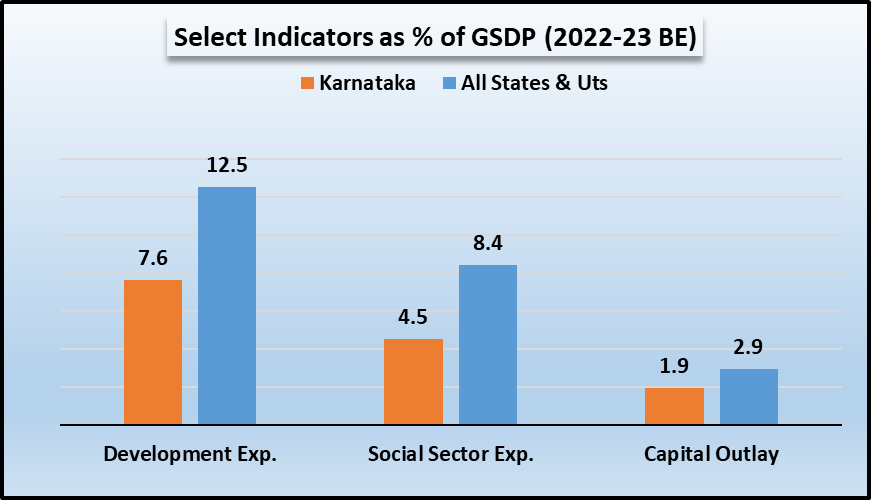
What thus emerges is a tragic picture of a double whammy inflicted by what called itself a ‘double engine’ government (BJP at the Centre and state). Not only have the people of the state been deprived of various entitlements due to reduced spending but any future prospects have been compromised by large-scale commercial borrowing, which will have to be repaid in the coming years.
The Basavaraj Bommai government appears to be fighting with its back to the wall because of these policies of neglect of the people, coupled with a deeply held perception that it is also a very corrupt government. The fate will be sealed in EVMs on May 10 and the results will be known on May 13.
Get the latest reports & analysis with people's perspective on Protests, movements & deep analytical videos, discussions of the current affairs in your Telegram app. Subscribe to NewsClick's Telegram channel & get Real-Time updates on stories, as they get published on our website.









